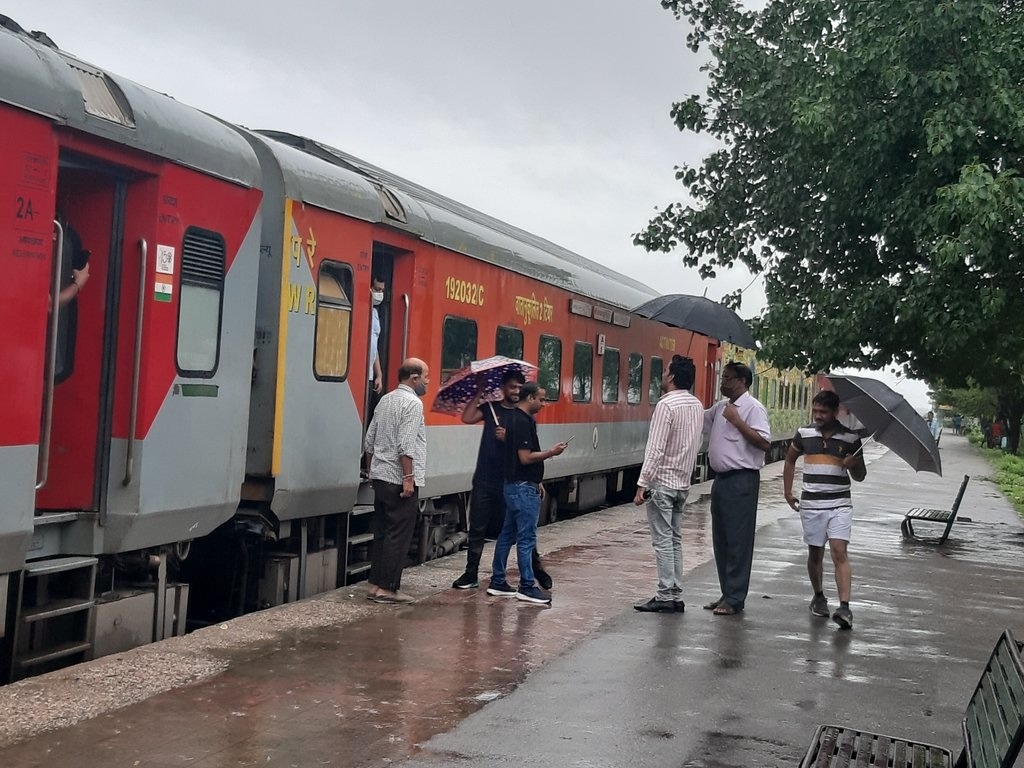
New Delhi, July 16 (HS). The Railway Safety Commissioner (CRS) on Tuesday submitted its investigation report on the train accident that took place on June 17 in Darjeeling district of West Bengal. The report said that the freight train and Kanchenjunga Express derailed due to lapses at many levels in the management of train operations in automatic signal areas and inadequate counseling of loco pilots and station masters.
Highlighting the lapses of the railway administration, the CRS report said, “Without improper authority and that too without adequate information, such an incident was an ‘accident waiting to happen’.
The Railway Safety Commissioner in his report has also recommended the implementation of Automatic Train Protection System (Kavach) on top priority basis to avoid such incidents in future. 10 people including the loco pilot of the goods train were killed in this accident.
CRS has said in its report that due to lightning, some circuits and fuses of the relay hut between Rangapani and Chattarhat were shorted, due to which the signals turned red. In such situations, some paper authorities are given to the loco pilot and guard by the station staff across the country and were given in this case as well. In such cases, the protocol of the loco pilot in the automatic territory is to stop at red, for 1 minute during the day and 2 minutes at night and run at a speed of 15 kilometers per hour. This protocol is the same everywhere in the country, and the same protocols were followed in this case as well.
The report said that unfortunately, the loco pilot of the goods train did not interpret the authority properly. Whereas the loco pilot of the Kanchenjunga train had interpreted it correctly and stopped at red and proceeded. After this situation, the railways have decided to change the authority form so that there is no possibility of wrong interpretation. The training of LP / ALP has been strengthened further. The authority form of different zones has been standardized, so that loco pilots across the country see the same form. An action plan is being prepared with the zones under the chairmanship of RDSO to increase the reliability of signaling equipment.
After investigation, the CRS found that the loco pilot of the freight train involved in the accident was issued a wrong paper authority or T/A 912 to cross the faulty signal. The paper authority did not specify what speed the freight train should follow while crossing the faulty signal.
Apart from the Kanchenjunga Express and the goods train, five other trains had entered the section by the time the accident occurred after the signal malfunctioned. The CRS noted that despite issuing the same authority, different speed patterns were followed by the loco pilots, with only the Kanchenjunga Express following the norm of running at a maximum speed of 15 kmph and halting for one minute at every faulty signal.
 look news india
look news india